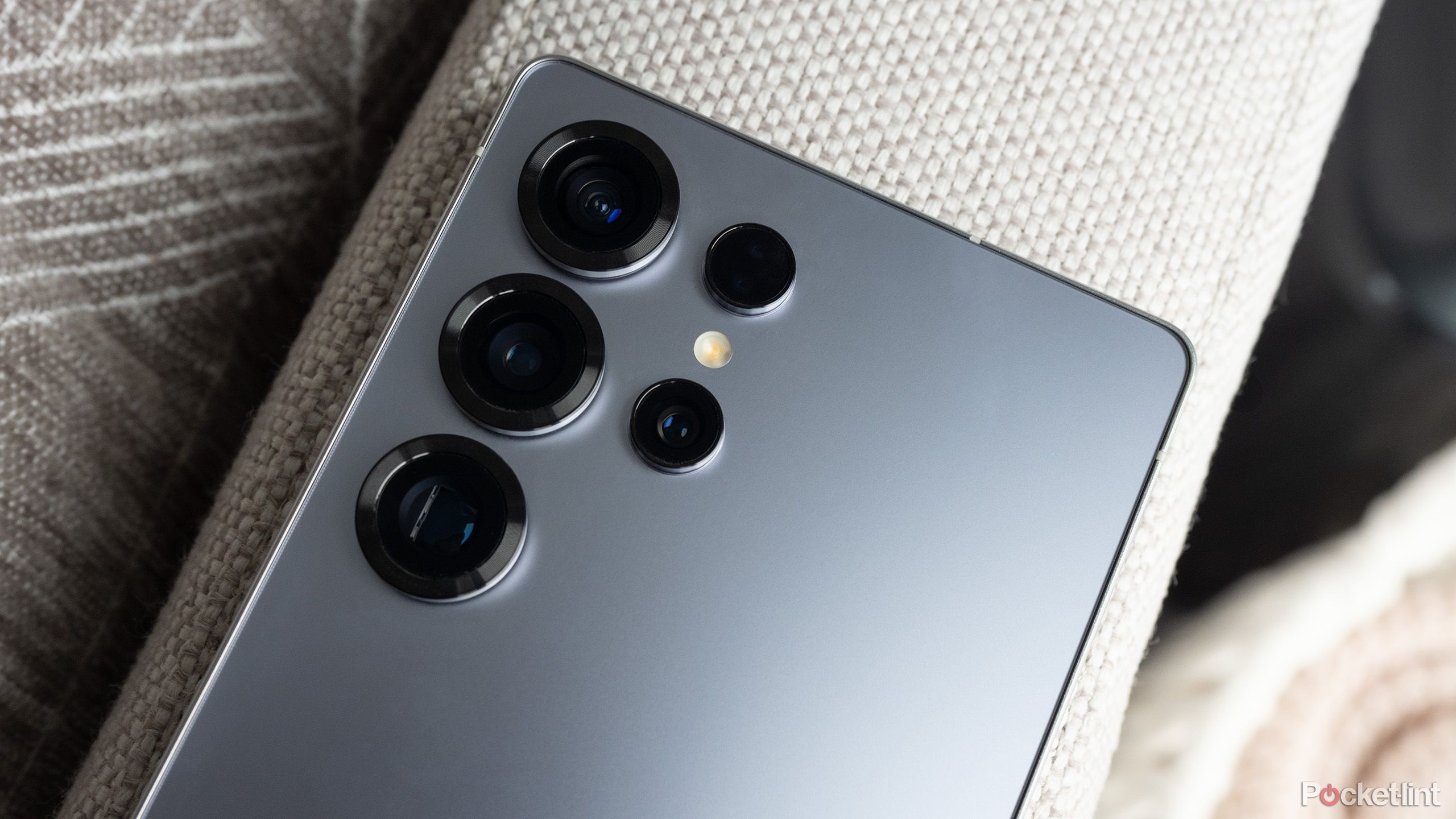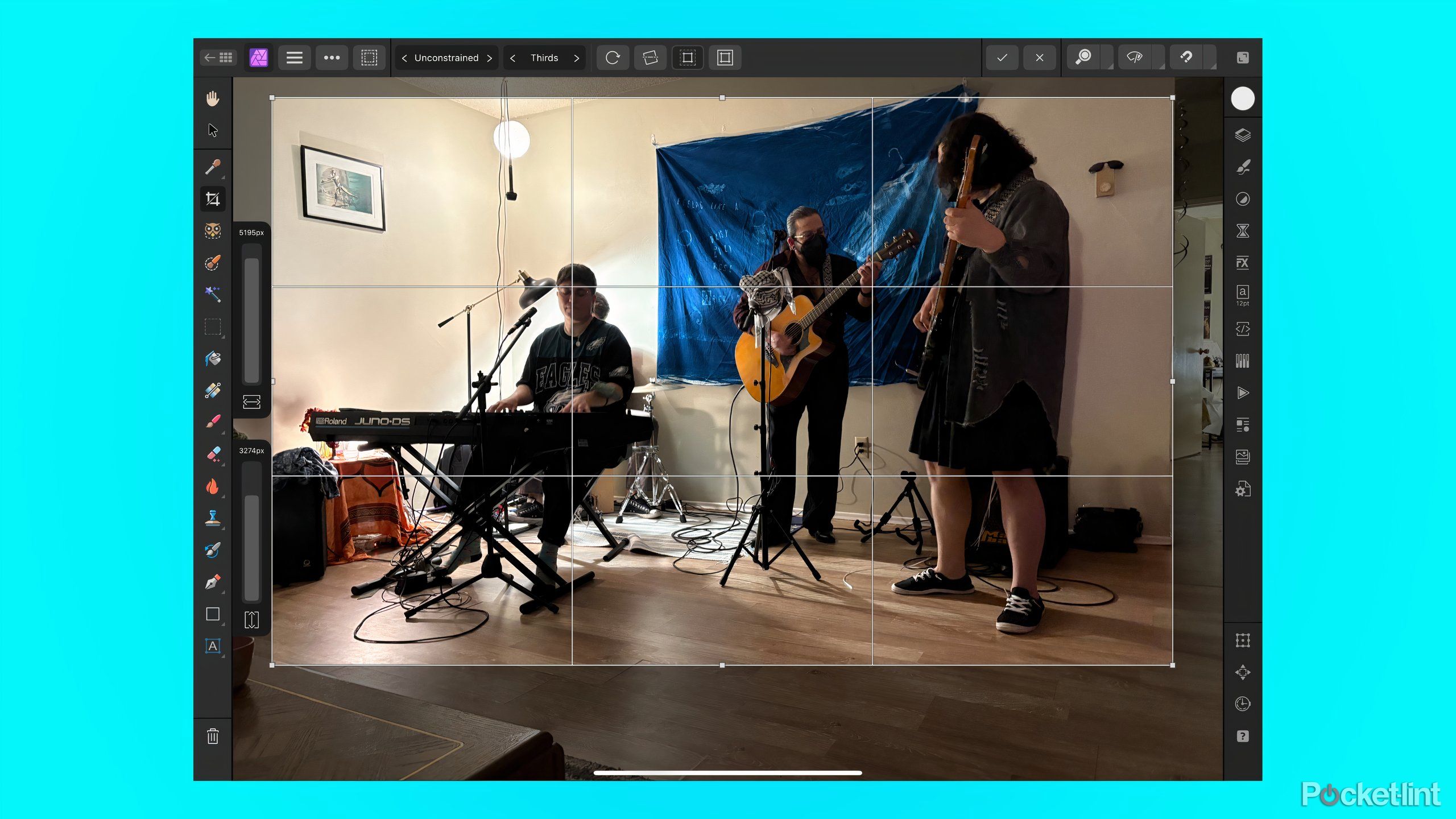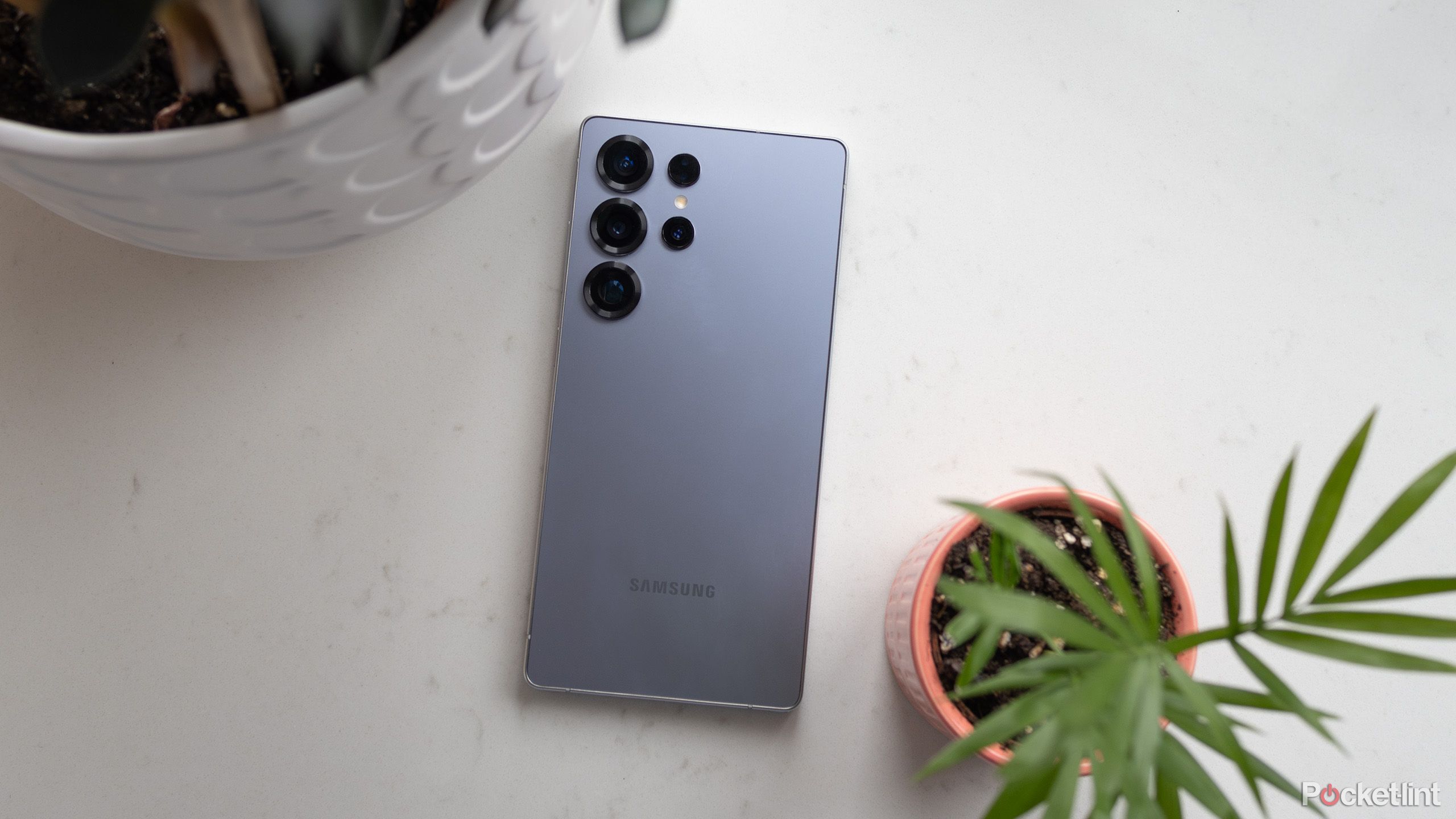Summary
- Many smartphones now have extremely sharp main camera sensors, rated anywhere between 50 and 200 megapixels. That’s higher than what many professionals use.
- In reality, those pixels are mostly being put towards low-light performance and digital zoom, the latter coming with some serious drawbacks if you push it too far.
- A dedicated telephoto camera will outshine any digital zoom as long as it has decent specs. That makes it vital to check out a phone’s camera tech before you buy.
Before I was able to turn writing into a full-time career, I used to work as a part-time professional photographer. I was hardly Richard Avedon, but I knew my way around studio lighting and a DSLR, and that was enough to get some work. I started with a Nikon D70, eventually upgrading to a D300.
The D300 served me well until I sold it, yet it was quaint by modern standards. It had a 12.3-megapixel sensor that was too noisy to use beyond ISO 1600, or often just ISO 800. Contrast that with my iPhone 16 Pro, which has a 48-megapixel main sensor, and can sometimes shoot in near-darkness using a combination of software processing and optical image stabilization. I would’ve killed for that when I was shooting wedding receptions. Today, some phones now sport ridiculously high megapixel counts that would’ve once been considered state-of-the-art, such as the Samsung Galaxy S25 Ultra, which hits 200 megapixels.
Whether I’m shopping for phones or dedicated cameras, however, I value a long telephoto lens a lot more than the sharpest possible main sensor. I’ll tell you why.
Related
Is the iPhone 16 Pro worth buying for photographers and videographers?
Calling something Pro doesn’t always make it professional.
Why phone makers emphasize sharper main sensors
It’s about more than bragging rights
Let’s take a step back for a moment — what’s the value of an ultra-sharp main sensor? After all, the one in my D300 was good enough to print 8×10 portraits. A 200-megapixel sensor can theoretically output 12,240 x 6,320 pixel resolution, which is well beyond an 8K TV, let alone a frame you’d hang over your mantelpiece. Hypothetically, you should shoot for one of those billboards you see alongside the interstate.
The answer is that phone makers aren’t really after maximum resolution. Rather, they’re chasing two things, the first being light sensitivity. With larger sensors, pixels can be “binned” together to improve low-light performance. You temporarily sacrifice resolution, but it’s better to have a usable 12-megapixel photo than a noisy, blurry 50-megapixel one. In well-lit conditions, binning can be scaled back.
Phone makers are chasing two things: light sensitivity and a cheaper zoom effect.
Large sensors are also a cheap way of achieving a zoom effect. Since a 4K image will fit into a 100- or 200-megapixel one multiple times, you can often crop-zoom while losing little if any noticeable detail. With software processing, problems can potentially be masked over.
Dedicated telephoto cameras are comparatively tricky. They not only need a sensor of their own, but a bigger lens array that’s difficult to cram into the dimensions of a smartphone. That’s why many high-end devices have enormous camera bumps. As a consequence, “digital” zoom can be cheaper than the real deal, which is known as optical zoom.
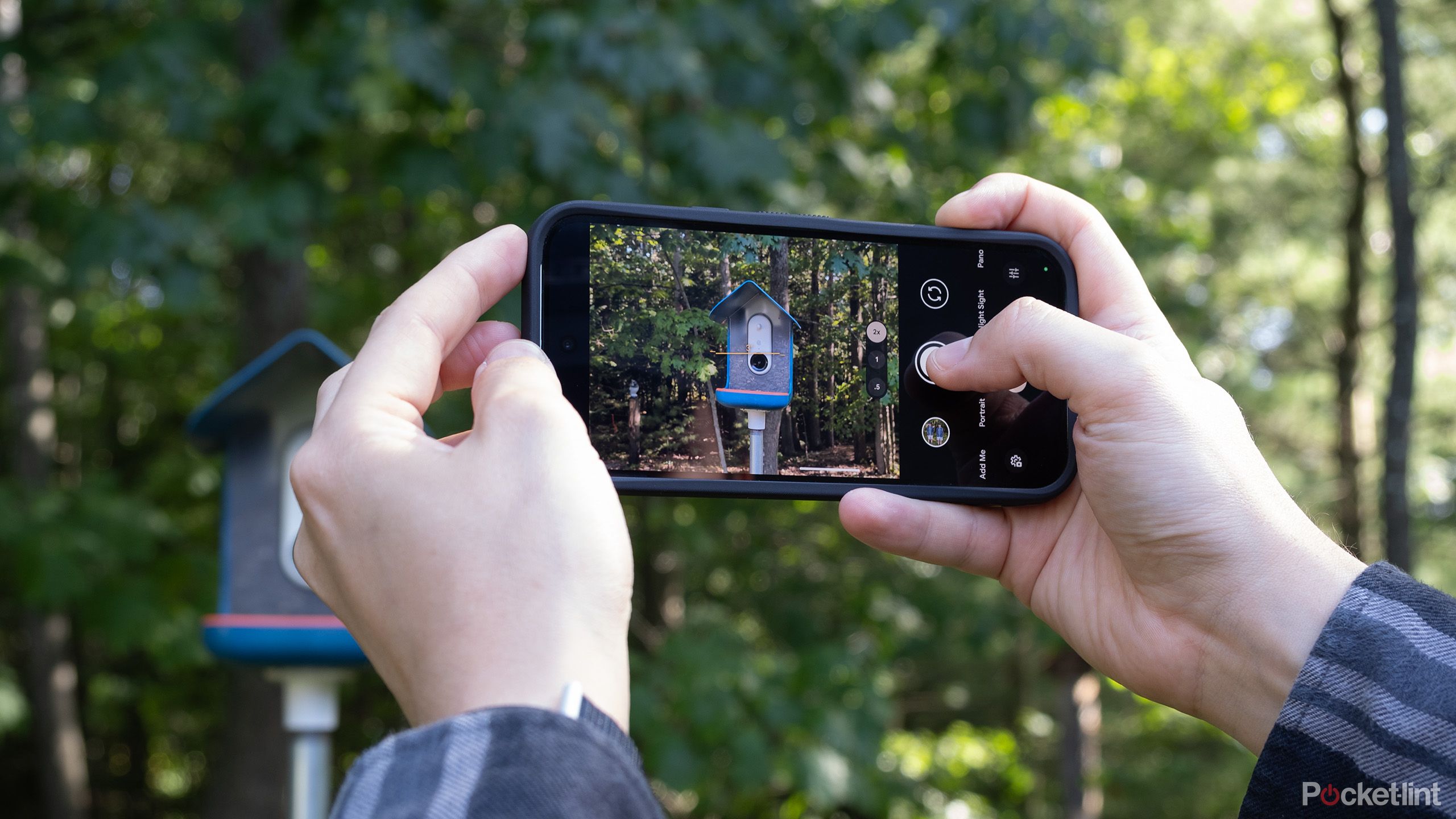
Related
5 tips for phone photographers that make your pictures not suck
You can do a lot with a little if you think like a pro.
Why pros go telephoto
With decent specs, that is
Notice that I said large main sensors enable a cheap zoom “effect.” The reality, of course, is that you’re just blowing up part of a more distant image. That means not just potential detail loss, but the magnification of any flaws, such as sensor noise or dust specks. And the further an image is cropped, the more likely it is you’re going to notice individual pixels, since you’re working with fewer of them. You might be able to digitally zoom in on the tip of the Empire State Building from Hoboken, but the resulting photo will be a pixelated mess.
Digital zoom can also amplify any aberrations, such as heat distortion. Telephoto lenses are subject to these, too, but aberrations should at least be less prominent in the frame.
You might be able to digitally zoom in on the tip of the Empire State Building from Hoboken — but the resulting photo could be a pixelated mess.
On top of all this, there’s a marked difference in perspective with optical zoom. Telephotos tend to flatten a subject against the background, and make it easy to achieve shallow depth-of-field, at least when the subject is close by. This is why portrait photographers regularly use a 70- to 120-millimeter lens when a 50-millimeter one would hypothetically be sufficient. The results are more “artistic,” for lack of a better term.
The asterisk here is that a telephoto camera has to meet certain specs. Anything below 12 megapixels is questionable, and even above that threshold, telephoto sensors tend to perform worse in low light. That makes mechanical image stabilization essential — I sometimes get blurry images with 5x zoom in well-lit conditions.

Related
The Pixel 9’s Super Res Zoom hits the sweet spot — the rest is AI overkill
The Pixel 9 Pro supports Super Res Zoom in video for the first time, and it’s a good example of AI-enabled features that make sense on Google’s phone.
Are you selling yourself short with a 200-megapixel camera?
It’s a matter of use cases
You’re not necessarily cursed if you’ve got a phone with a high-megapixel main camera but a low or non-existent telephoto. Rather, it’s going to depend on how frequently conditions fall outside the norm. Most photos tend to be shot within close range of their subjects, no more than a dozen feet away, and in reasonably clear and well-lit environments. In those situations, cropping to zoom isn’t a big deal, since your phone doesn’t have to blow things up much if at all.
Ideally, phone makers would be offering the best of both worlds, making long telephoto cameras standard and beefing up their associated sensors.
It’s when you try to push the limits that digital zoom falls apart. Let’s say you’re attending a summer music festival, but trying to zoom in on a lead singer from the back of the crowd. You might be able to get a usable, high-resolution image — but don’t count on it. Optical zoom is generally going to be more reliable as long as the stage is properly illuminated, you’ve got enough zoom length, and you can hold your hand still.
Ideally, phone makers would be offering the best of both worlds, making long telephoto cameras standard and beefing up their associated sensors. That’s no doubt coming at some point. For now, if you care about quality photos, I’d suggest looking into the exact camera specs of each phone you buy.
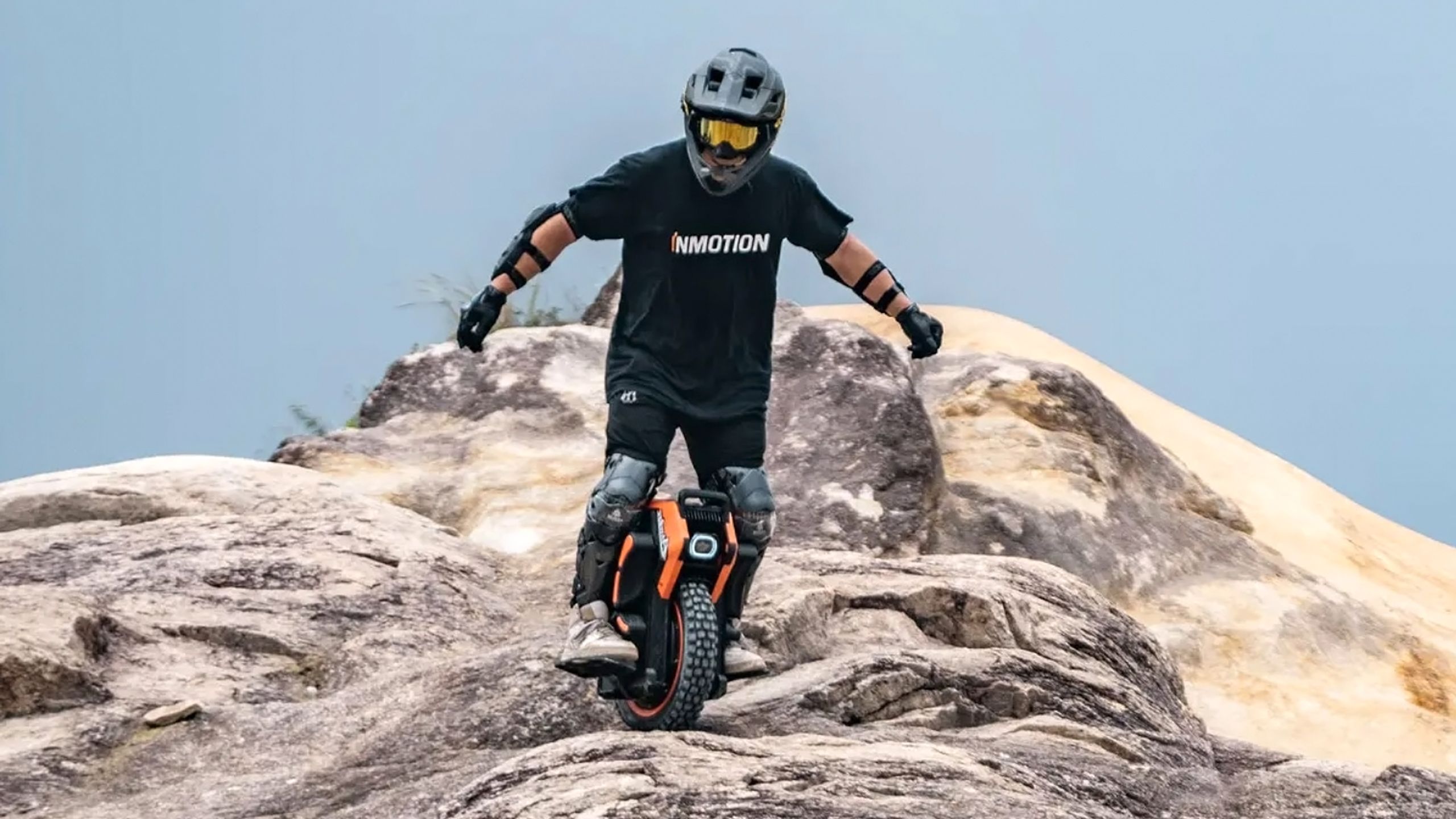
You might also like
Everything you need to know about PEVs, or personal electric vehicles
You can use PEVs like e-bikes and scooters to explore, run errands, or speed up your commute.
Trending Products

Logitech MK470 Slim Wireless Keyboard and Mouse Co...

Wireless Keyboard and Mouse Combo, 2.4G Silent Cor...

HP 17.3″ FHD Business Laptop 2024, 32GB RAM,...

Wireless Keyboard and Mouse Ultra Slim Combo, TopM...


